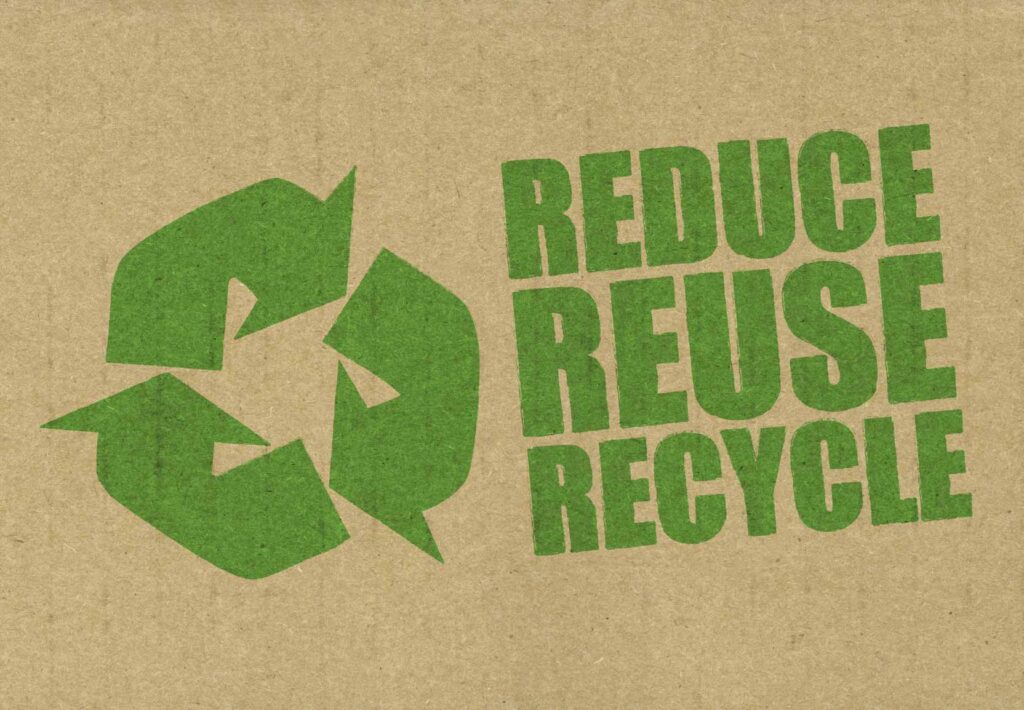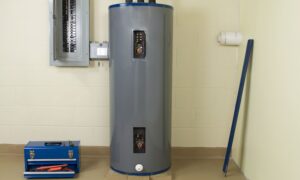Climate change is one of the most pressing issues facing our world today. The burning of fossil fuels, deforestation, and other human activities have led to a dangerous increase in atmospheric carbon dioxide levels. This, in turn, is causing the planet to warm up and leading to a variety of problems, such as rising sea levels, extreme weather conditions, and the mass extinction of species. To combat this problem, everyone must do their part to reduce their carbon footprint and help to create a more sustainable future.
Reducing your carbon footprint is crucial for combating climate change and creating a more sustainable future. While some of the changes required may be significant, you can do many small things to make a difference. When combined with the efforts of others, these small changes can have a significant impact and help to create a more sustainable world for future generations. In this article, we’ll discuss small things you can do that will help you learn how to reduce carbon footprint. That will have a positive impact on the environment.
Reduce Energy Usage
One of the most significant contributors to carbon emissions is energy usage, and small changes can make a big difference. By reducing your energy usage, you can help reduce fossil fuel demand and minimize your environmental impact. Simple actions like turning off lights when you leave a room, using energy-efficient light bulbs, and unplugging electronics when not in use can significantly reduce your carbon footprint.
Use Renewable Energy Sources

Source: esgclarity.com
Using renewable energy sources like wind and solar power can help to reduce your carbon footprint and promote a sustainable future. You can invest in renewable energy sources for your home, such as solar panels or a wind turbine, or support companies that use them. Additionally, you can advocate for policies that support the growth of renewable energy and encourage others to do the same.
Drive Less or Use Alternative Transportation
Driving is a major contributor to carbon emissions, especially in areas with high traffic. By reducing the amount you drive, you can help to reduce carbon emissions and minimize your environmental impact. Try to carpool, use public transportation, or bike instead of driving. If you do need to drive, consider a fuel-efficient car or a hybrid, as these vehicles emit less carbon dioxide than traditional vehicles. Additionally, you can explore alternative forms of transportation like electric vehicles or car-sharing services.
Reduce Water Usage

Source: about.ikea.com
Water usage also contributes to carbon emissions, as energy is needed to treat and distribute water. By conserving water, you can help to reduce demand for energy-intensive water treatment and distribution processes. Simple actions like taking shorter showers, fixing leaks, and using drought-resistant plants in your garden can help reduce water usage. You can also consider installing low-flow showerheads and toilets, which can significantly reduce water usage and your carbon footprint.
Support Sustainable Agriculture
Due to deforestation, fertilizer use, and livestock emissions, agriculture is a major contributor to carbon emissions. By supporting sustainable agriculture, you can help to reduce emissions and promote a more sustainable food system. Support sustainable agriculture by choosing locally grown, organic produce and reducing your meat consumption. You can also support farmers who use sustainable practices, such as crop rotation and composting and advocate for policies that promote sustainable agriculture.
Composting is an effective way of managing organic waste and promoting sustainable agriculture. Organic waste, such as food scraps, yard waste, and manure, can be turned into nutrient-rich soil through the process of composting. This nutrient-rich soil can then be used to grow healthier and more productive crops. There are various composting systems, including a system for worm composting, traditional composting, vermiculture, or aerated static pile composting. Each system has advantages and disadvantages, but all effectively turn organic waste into compost.
Use Reusable Bags, Containers, and Water Bottles

Source: forbes.com
Single-use items like plastic bags, containers, and water bottles contribute to carbon emissions and waste. Using reusable items instead can help to reduce your carbon footprint. Invest in high-quality, reusable bags, containers, and water bottles, and make a commitment to using them instead of single-use items. You can also encourage others to do the same by educating them about the environmental impact of single-use items.
Recycle
Recycling helps to reduce the amount of waste that ends up in landfills and incinerators, which emit carbon dioxide and other harmful pollutants. Make sure to properly recycle all recyclable materials, including paper, plastic, glass, and metal. You can also educate yourself on what can and cannot be recycled in your area and encourage others to do the same. By recycling, you can help to conserve natural resources, reduce greenhouse gas emissions, and minimize your carbon footprint.
Support Renewable Energy and Conservation Efforts
Supporting renewable energy and conservation efforts is another great way to reduce your carbon footprint. This can include investing in companies that use renewable energy, advocating for policies that promote sustainability and supporting conservation efforts to protect forests, wetlands, and other ecosystems that help to store carbon. Additionally, you can support organizations that work to promote renewable energy and conservation and educate others about the importance of these efforts.
Conserving energy is a crucial habit that can lower greenhouse gas emissions and support sustainability. Using energy-efficient appliances, shutting off lights while leaving a room, and regulating thermostats can all result in considerable long-term energy savings.
Reduce Waste

Source: britishsoftdrinks.com
Reducing waste is another key way to reduce your carbon footprint, as waste production contributes to emissions from landfills and incinerators. Reduce your waste by using reusable items, recycling, and composting organic waste. You can also reduce your consumption of packaged and processed foods, which often generate a lot of waste. By reducing waste, you can help to conserve natural resources, reduce emissions, and minimize your carbon footprint.
Support Carbon Offsetting Programs
You can support carbon offsetting programs, which help to reduce carbon emissions by funding renewable energy and conservation projects. Look for carbon offsetting programs that are verified by third-party organizations, and make sure that the projects they support are of high quality and make a real impact. You can also educate others about the importance of carbon offsetting and encourage them to support these programs.
Final though
It’s important to remember that reducing your carbon footprint is a continuous process, not a one-time effort. Regularly reassessing and making lifestyle changes can help you stay on track and make a more significant impact. Small changes, such as taking public transportation instead of driving, can add up over time and make a significant difference.
Encourage your friends, family, and coworkers to adopt more sustainable habits and to get involved in local initiatives and programs that promote sustainability. Additionally, it’s important to educate others about the importance of reducing carbon footprints. We can create a larger movement toward a more sustainable future by working together and raising awareness.























